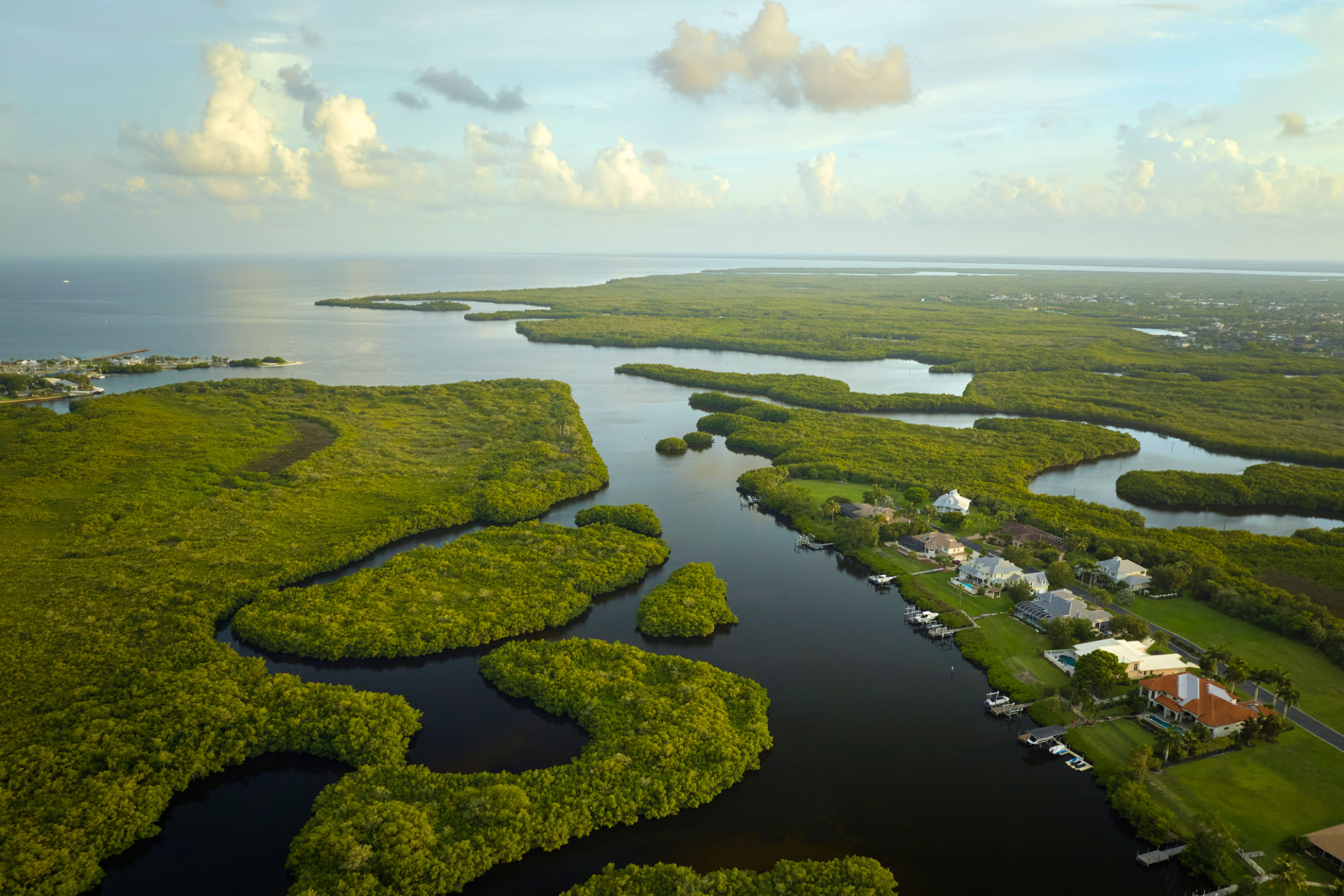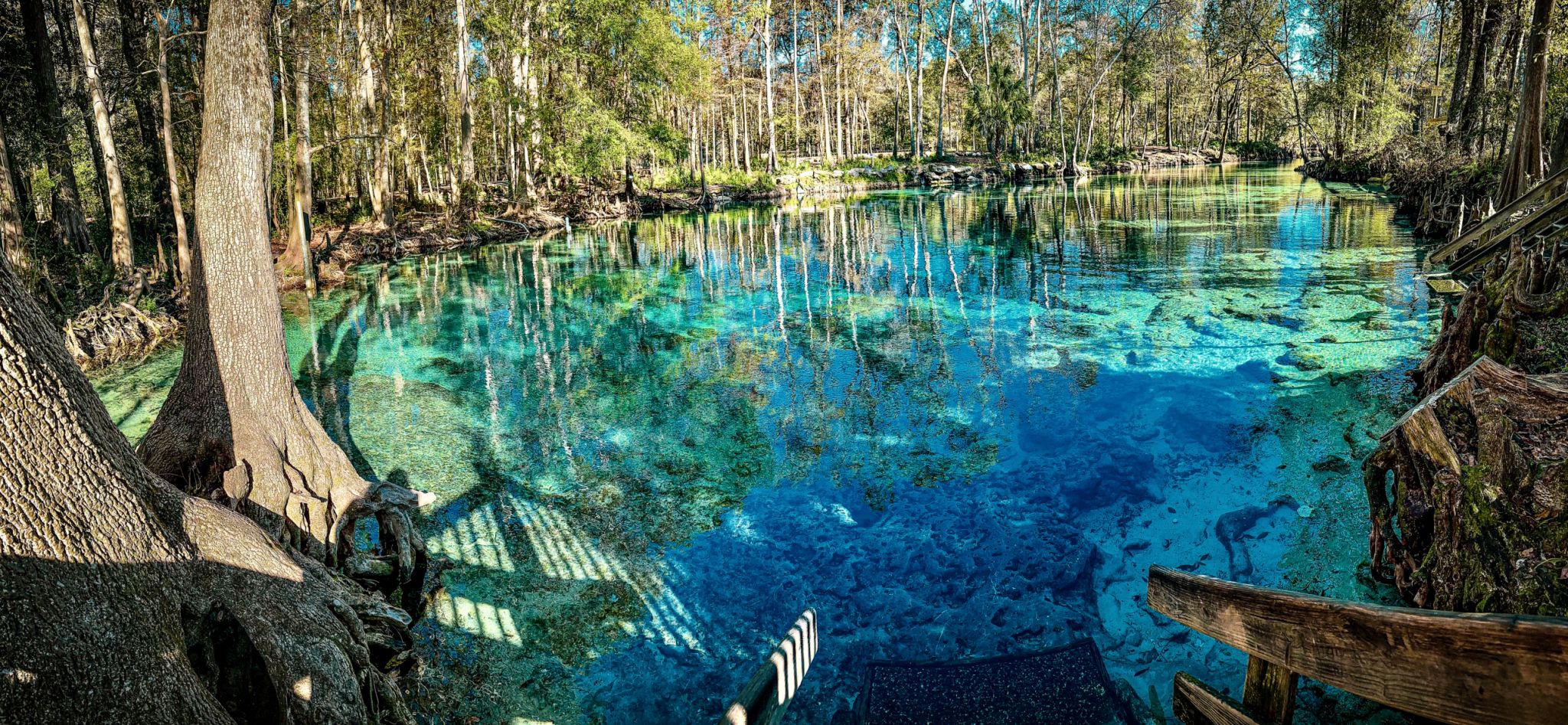Seasonal Tips for Effective Ecosystem Management in Florida
Understanding Florida's Unique Ecosystem
Florida is home to a diverse range of ecosystems, from its iconic Everglades to the coastal mangroves and inland pine forests. Each of these environments plays a crucial role in maintaining the state's ecological balance. Proper ecosystem management is essential to preserve this biodiversity, especially given the unique challenges posed by Florida's climate and geography.
Seasonal changes significantly impact Florida's ecosystems. Understanding these patterns can help in planning effective management strategies that ensure the health and sustainability of these environments.

Spring: Preparing for Growth
Spring in Florida is a time of renewal and growth. With temperatures rising, many plants and animals become more active. This season is ideal for planting native species that can thrive in the local conditions, enhancing biodiversity and supporting local wildlife.
It's also the time to manage invasive species. Early identification and removal can prevent them from establishing a foothold that could disrupt native habitats. Engaging in community clean-up events can be a great way to contribute to local ecosystem health during this vibrant season.
Managing Water Resources
Water management is critical during the spring, as rainfall increases. Implementing rainwater harvesting systems and maintaining natural water channels can help manage excess water and reduce the risk of flooding. Ensuring proper drainage will support both urban and natural environments.

Summer: Protecting During Peak Activity
Summer brings intense heat and frequent storms, which can stress local ecosystems. This is the time to focus on protection strategies, such as reinforcing coastal areas against erosion and implementing fire management plans in more arid regions.
During summer, wildlife activity is at its peak. Providing shaded areas and maintaining clean water sources can help support local fauna during these harsher months.
Storm Preparedness
- Regularly check storm drains and remove debris.
- Secure loose objects around properties to prevent damage during hurricanes.
- Engage in community efforts to protect vulnerable natural habitats.

Fall: Transition and Conservation
As temperatures begin to cool in the fall, it's an ideal time for conservation efforts. This season is perfect for conducting wildlife surveys and monitoring plant health to assess ecosystem changes over the year.
Fall is also an excellent time to prepare for winter by planting cover crops that enrich the soil and provide habitats for local wildlife.
Fostering Biodiversity
Encouraging a variety of species through strategic planting and habitat protection can increase resilience against environmental changes. Introducing educational programs about local ecosystems can also foster community involvement in conservation efforts.

Winter: Maintenance and Monitoring
Winter offers a period of relative calm in Florida’s ecosystems, making it an ideal time for maintenance activities. Pruning overgrown vegetation, repairing infrastructure, and cleaning waterways are crucial tasks during this season.
Monitoring wildlife activity and recording data on plant growth can provide valuable insights into the health of the ecosystem, allowing for more informed management decisions as the cycle begins anew.
Engaging the Community
Community involvement is key throughout all seasons. Encouraging local participation in ecosystem management not only helps with conservation efforts but also raises awareness about the importance of preserving Florida’s natural beauty for future generations.
